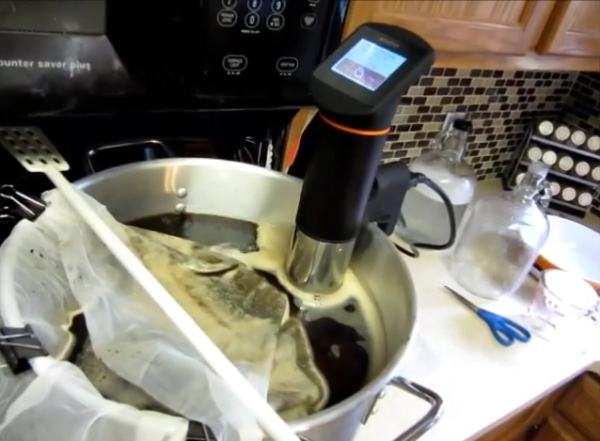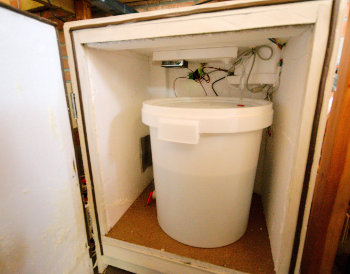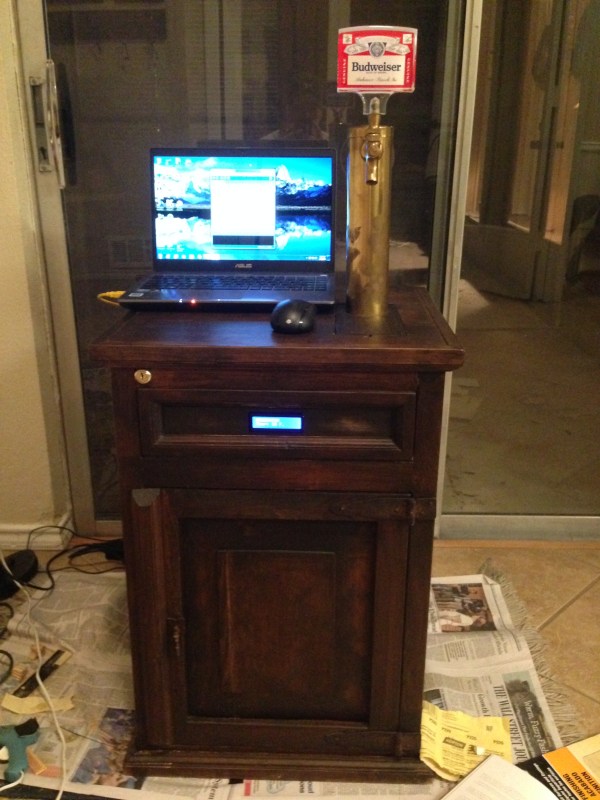[Chris] is a homebrewer – the tasty kind – and wanted a way to track the rate of specific gravity against temperature. Tracking temperature is easy, all you need is a 1-wire temperature probe hooked up to the microcontroller of your choice. Logging the rate of fermentation isn’t as simple, but with a time of flight sensor, a hydrometer, and some pool toys, [Chris] kludged something together that works reasonably well.
Specific gravity, and thus fermentation, has been measured for centuries with hydrometers. Not wanting to complicate matters with electronic sensors, [Chris] built a floating cage for his hydrometer out of a clear tube, a kick board, and a few bits of styrofoam. By placing a Sparkfun time of flight sensor at the top of the tube, and lowering the hydrometer into his fermentation bucket, [Chris] can measure the height of the hydrometer above the level of the liquid in his fermentation bucket.
Both the temperature and specific gravity are logged to a Raspberry Pi, and after combing through this data [Chris] can see a big ‘bump’ in the specific gravity due to a mass of foam, tapering down to the desired values after a day or so.



 So you have a credit card sized Linux computer and a small, old LCD panel. If it doesn’t have HDMI, VGA or composite input, there’s probably no way of getting this display working, right? Nope.
So you have a credit card sized Linux computer and a small, old LCD panel. If it doesn’t have HDMI, VGA or composite input, there’s probably no way of getting this display working, right? Nope. 















